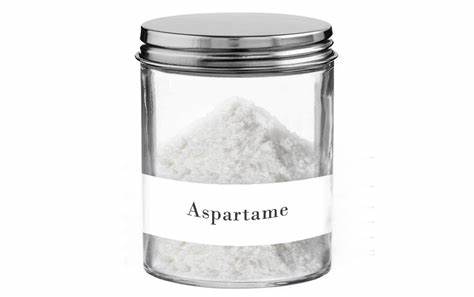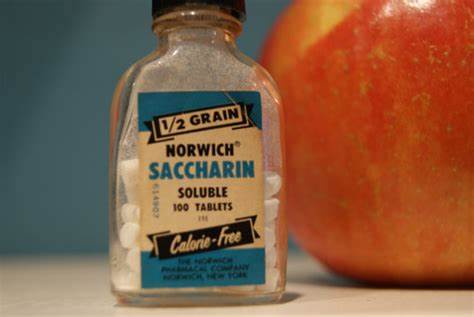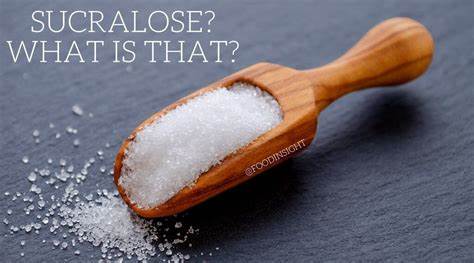Sugar-free candy has gained significant popularity as a seemingly guilt-free alternative to traditional sugary treats. With increasing concerns about the negative impact of excessive sugar consumption on health, people are turning to sugar-free options in hopes of satisfying their sweet cravings without compromising their well-being. But how sweet is sugar-free candy? This article delves into the world of sugar-free confections, exploring their sweetness, ingredients, potential benefits, and considerations.
The Science Behind Sweetness:
To understand the sweetness of sugar-free candy, it’s important to explore the science of taste. The sweetness of a substance is measured on the sweetness scale relative to sucrose (table sugar), which is assigned a sweetness value of 1. Artificial sweeteners, such as aspartame, saccharin, and sucralose, are used in sugar-free candies to provide a sweet taste without the added calories of sugar.
The Role of Artificial Sweeteners:
Artificial sweeteners are compounds that activate the sweet taste receptors on our tongues but don’t contribute to the body’s calorie intake. These sweeteners are often significantly sweeter than sugar, so only a small amount is needed to achieve the desired level of sweetness. Common artificial sweeteners include:



- Aspartame: Known for its high sweetness intensity, aspartame is often used in sugar-free gum and candies.
- Saccharin: One of the oldest artificial sweeteners, saccharin is stable under high temperatures and is used in cooking and baking.
- Sucralose: Derived from sugar, sucralose is heat-stable and can be used in a wide range of food products.
Perceived Sweetness and Taste Sensitivity:
People’s perception of sweetness varies, and taste sensitivity plays a crucial role. Some individuals may find sugar-free candies overly sweet, while others might detect a slightly different aftertaste. Factors such as genetics, dietary habits, and exposure to various sweeteners can influence how we perceive sweetness.
Potential Benefits of Sugar-Free Candy:
- Calorie Control: Sugar-free candy can be beneficial for those aiming to control their calorie intake, whether for weight management or health reasons.
- Diabetic-Friendly: Individuals with diabetes often opt for sugar-free alternatives to manage blood sugar levels, as artificial sweeteners typically have minimal impact on blood glucose.
- Dental Health: Sugar-free candies are less likely to contribute to tooth decay and cavities, making them a more tooth-friendly option.
Considerations and Caveats:
- Digestive Sensitivity: Some individuals might experience digestive discomfort when consuming large amounts of sugar alcohols, which are commonly used in sugar-free candies to provide bulk and texture.
- Laxative Effect: Certain sugar alcohols, like sorbitol and mannitol, can have a laxative effect when consumed in excess.
- Taste Variation: While sugar-free candies aim to mimic the sweetness of sugar, they might have a slightly different taste profile due to the presence of artificial sweeteners.
Sugar-free candy offers a promising solution for those seeking a sweet indulgence while being mindful of their health and calorie intake. The sweetness of sugar-free candy is a result of carefully selected artificial sweeteners, each with its own unique properties. However, personal preferences and taste sensitivities can influence how individuals perceive the sweetness and overall taste of these candies. Before incorporating sugar-free candies into your diet, it’s advisable to consider individual health needs and potential sensitivities to artificial sweeteners.







